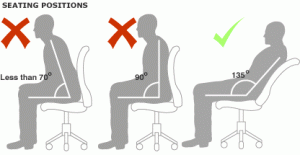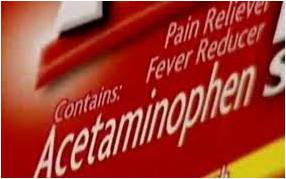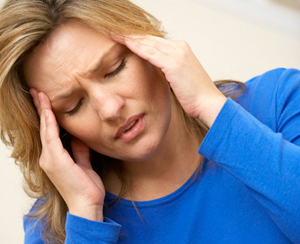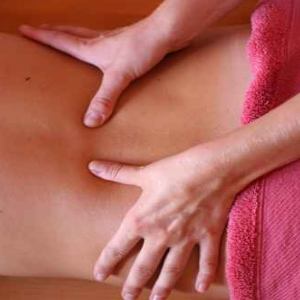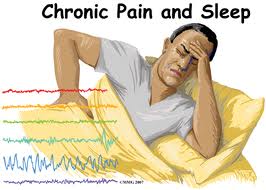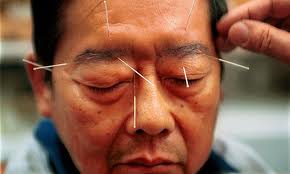This article is about “avoiding back pain by relaxed sitting”. Notably, parents and educators often reprimand children and students to “sit up straight”. The results however are not that favorable. Truly, a 90 degree angle in this position is causing problems. Specifically, it causes the largest movement of the spinal disc and a lot of strain. To put it another way, conventional wisdom has it that sitting up straight avoids back pain. It must be remembered, this has important implications for a large population group that has work situations with mostly sitting jobs. In addition, consequences of bad posture are also quite visible: lower back pain is the leading cause of disability in the U.S. and Canada and a major cause for missed work days.
Improper posture and back pain are related
Investigators have presented evidence, that a 135 degree body/thigh sitting position, leaning back, is the optimal position to avoid back pain. The author of the study, Dr.W. Bashir from the department of radiology and diagnostic imaging at the University of Alberta Hospital in Edmonton emphasizes, that the angle of posture has been under question for some time, and improper posture and back pain are related.
Positional MRI scans
Positional MRI scans have shed more evidence on the spine. There are special MRI machines that take images when the patient is not in a supine position, but in a position that allows the patient free motion during the test. Spinal angles can be measured and spinal disk movement can be observed in various positions and angles.
The 90 degree angle showed most spinal disk movement, creating stress for the spine. Another unfavorable position is a slouching posture.
Scan results showed a reduction in spinal disk height, signifying more wear and tear of the lumbar spine. Spinal disk movement was least pronounced with the 135 degree angle. This more relaxed position poses less strain on spinal disks and the associated muscles and tendons. Employees sitting comfortably versus sitting up straight can make the job place friendlier to people’s backs.
More about back pain: http://nethealthbook.com/arthritis/lower-back-pain/
Reference: The Medical Post, January 16, 2007, page17
Last edited November 2, 2014
